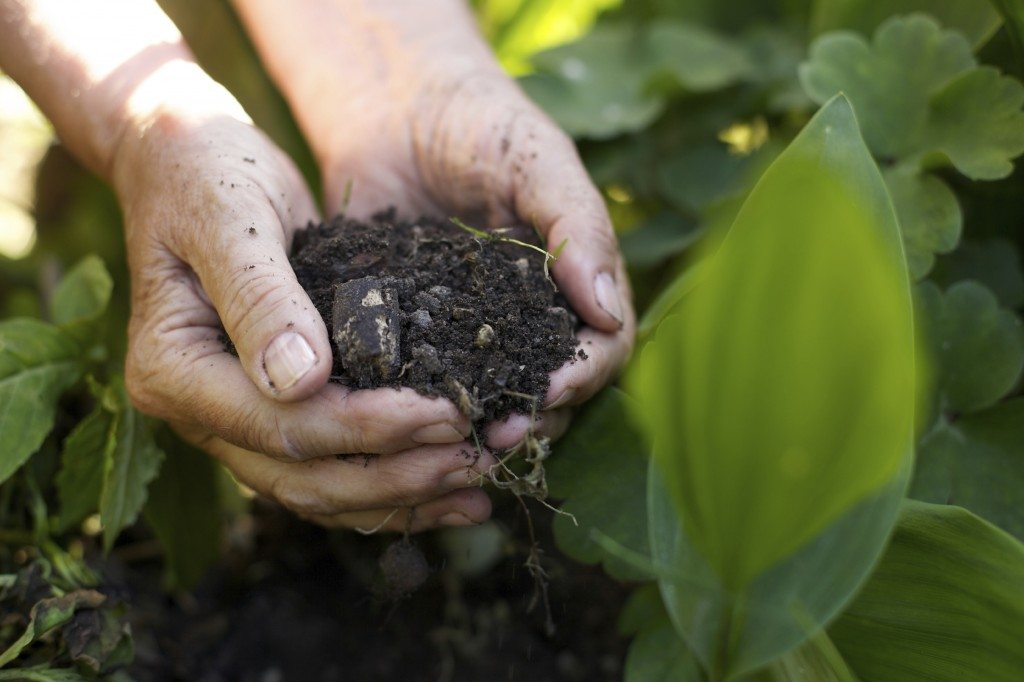[ad_1]
Xylella fastidiosaof apricots is a major condition additionally described as fake peach condition because of the truth that it is typically located in peach trees also. This condition does not eliminate the tree quickly, however leads to lowered development as well as fruit dimension, destructive to industrial as well as residence farmers alike. Exactly how can apricots with fake peach condition be handled? Keep reading to discover apricot xylella therapy.
Phony Peach Disease Damage
First observed in Georgia around 1890, apricots with fake peach condition (PPD) have a portable, level cover– the outcome of reducing of the internodes. Vegetation often tends to be a darker environment-friendly than contaminated as well as typical trees generally blossom as well as established fruit early as well as hold their fallen leaves later on in the autumn than those clean. The outcome is smaller sized fruit incorporated with a significant decrease in returns.
Twigs on unhealthy apricots not just have actually reduced internodes however a boost in side branching. Generally, the tree shows up overshadowed with small development. As the condition proceeds, the timber ends up being weak as well as completely dry gone along with by dieback. Trees that create signs of Xylella fastidiosabefore birthing age never ever create fruit.
PPD is spread out with origin grafting as well as byleafhoppers Apricots affected with fake peach condition can be located from North Carolina right into Texas. The milder temperature levels of these areas promote the pest vector, the sharpshooter leafhopper.
Similar kinds of the germs reason plum fallen leave scald, Pierce’s disease of grapes, citrus variegated chlorosis, as well as leaf scorch in trees (almond, olive, coffee, elm, oak, oleander as well as sycamore).
Apricot Xylella Treatment
There is presently no remedy for PPD. Choices are restricted to the spread of the condition. To this end, any type of unhealthy trees need to be gotten rid of. These can be quickly determined by the lowered shoot development in late summertime. Get rid of the trees before trimming which can make the condition hard to determine.
Also, regarding trimming, stay clear of trimming in the summertime which motivates development that leafhoppers are drawn in to. Maintain the locations bordering the apricot trees weed cost-free to minimize environment for leafhoppers. Get rid of any type of plum trees, wild or otherwise, near the apricot trees.
[ad_2]

